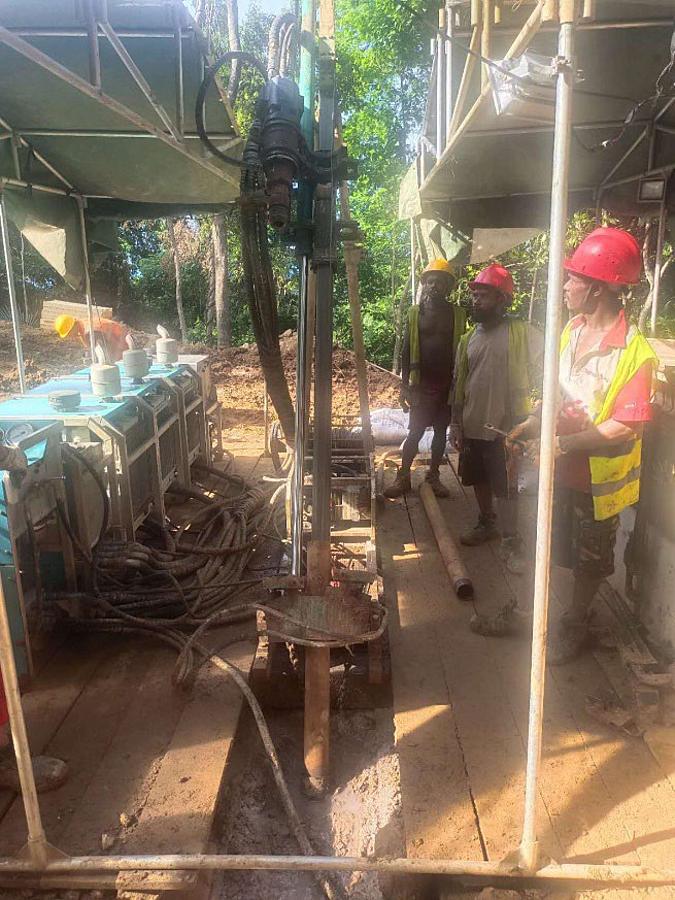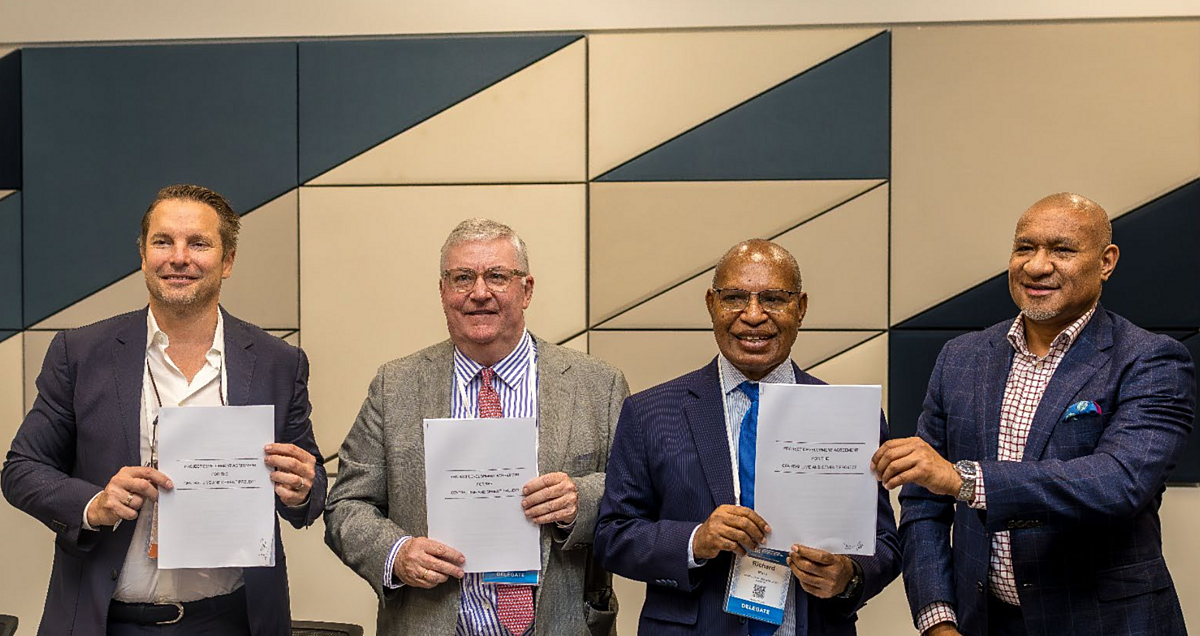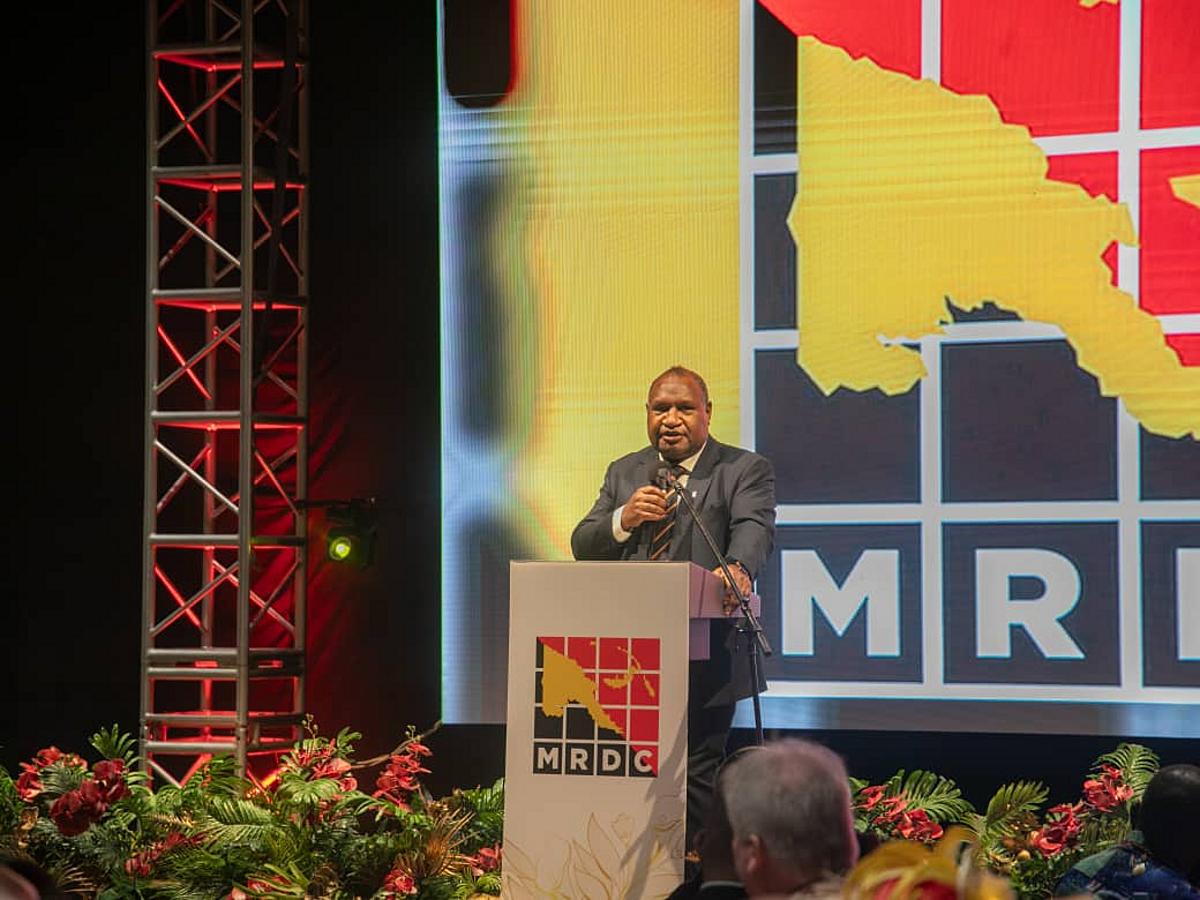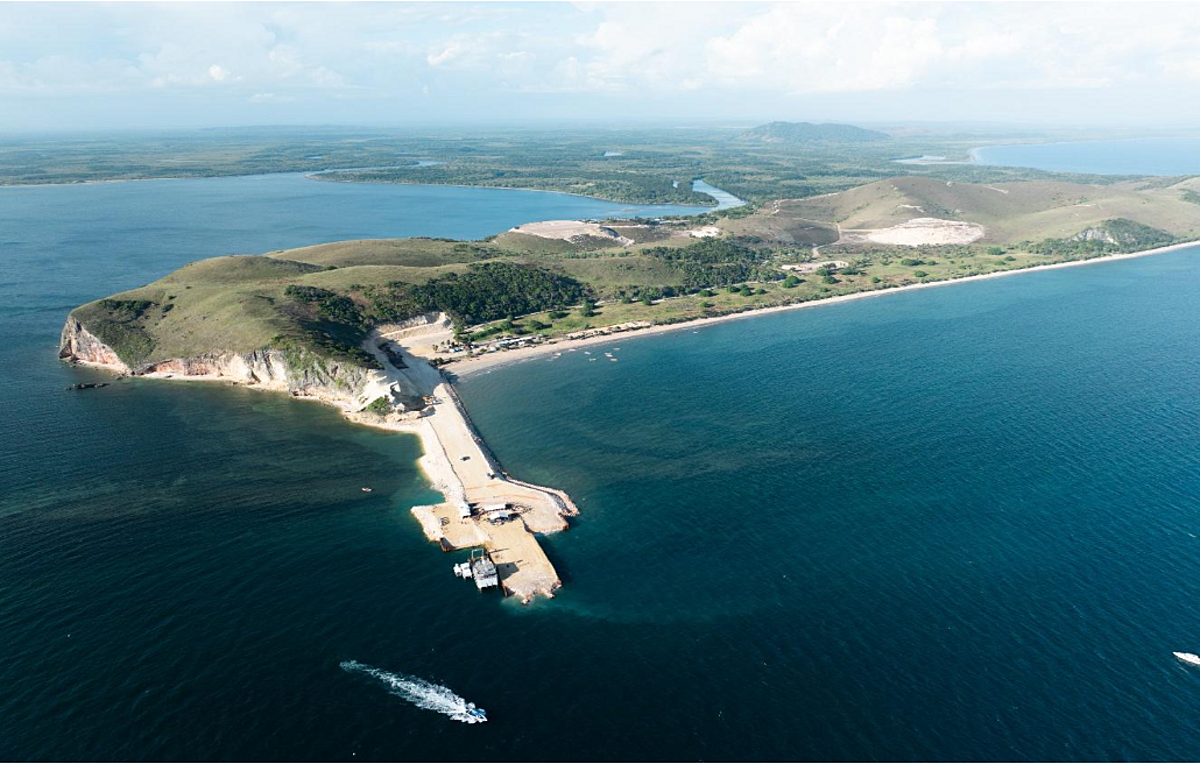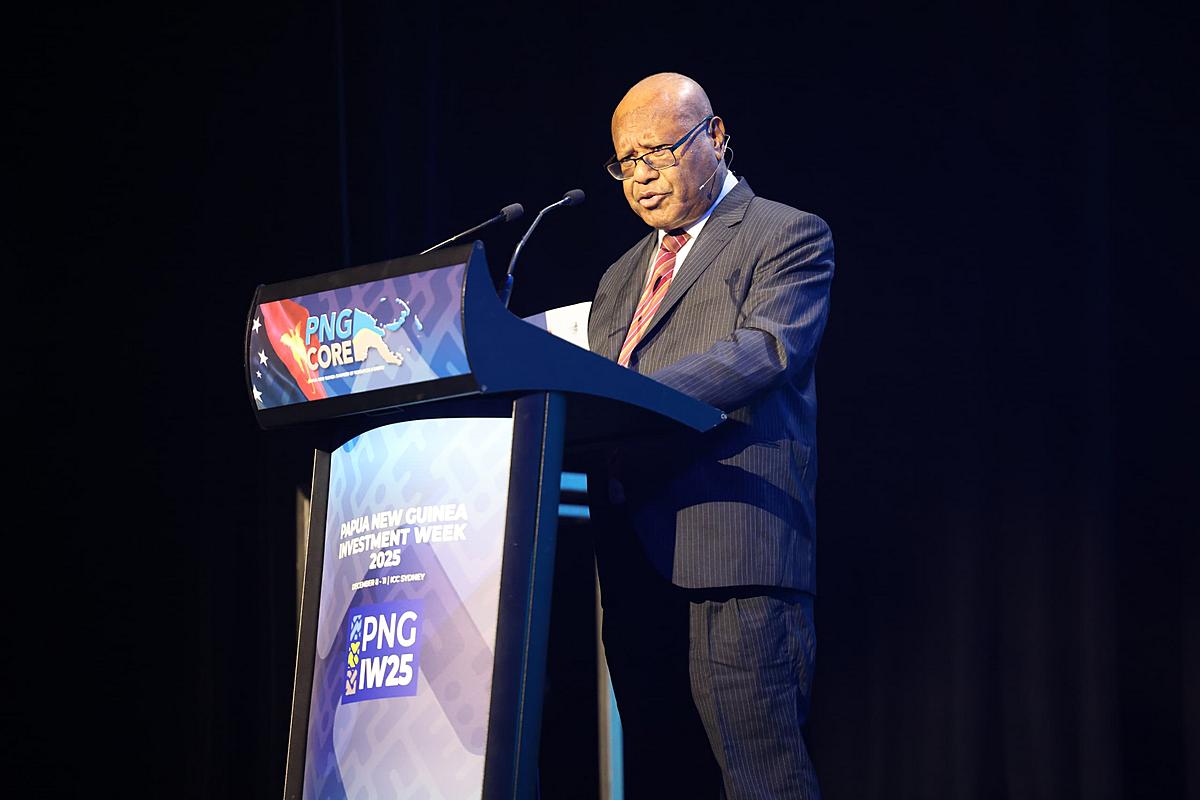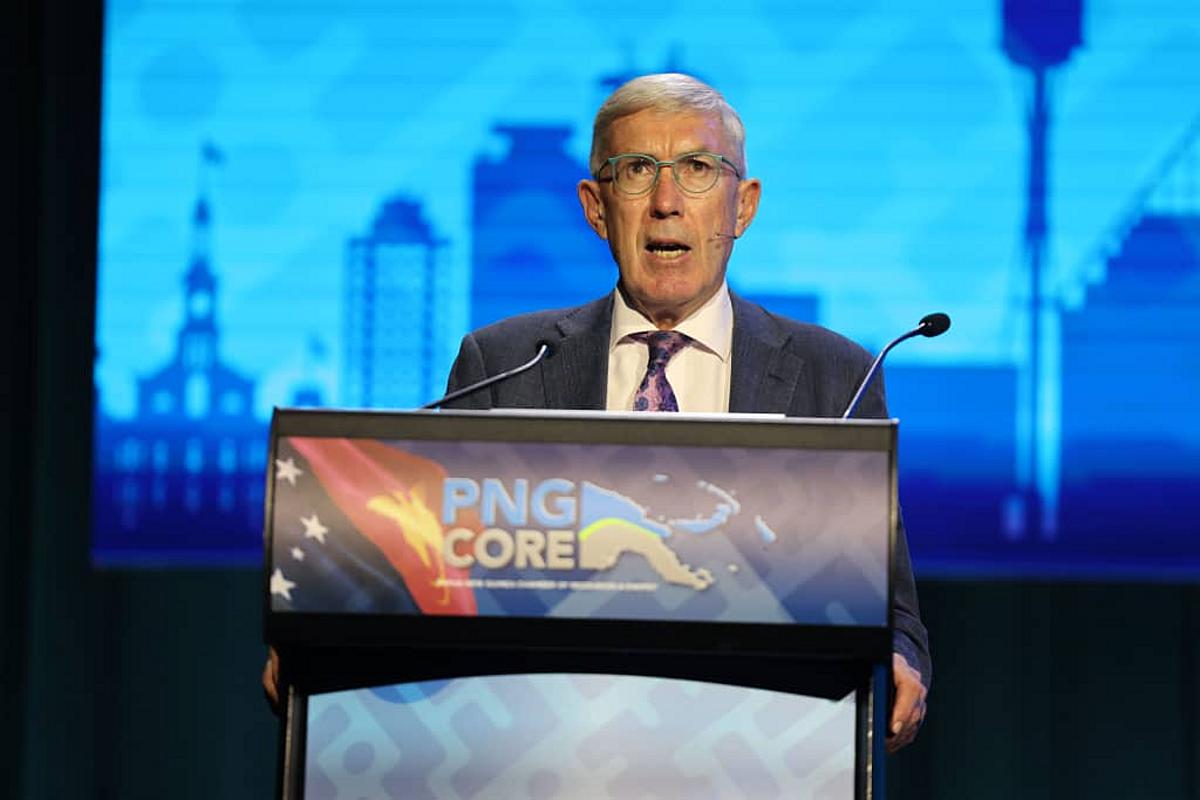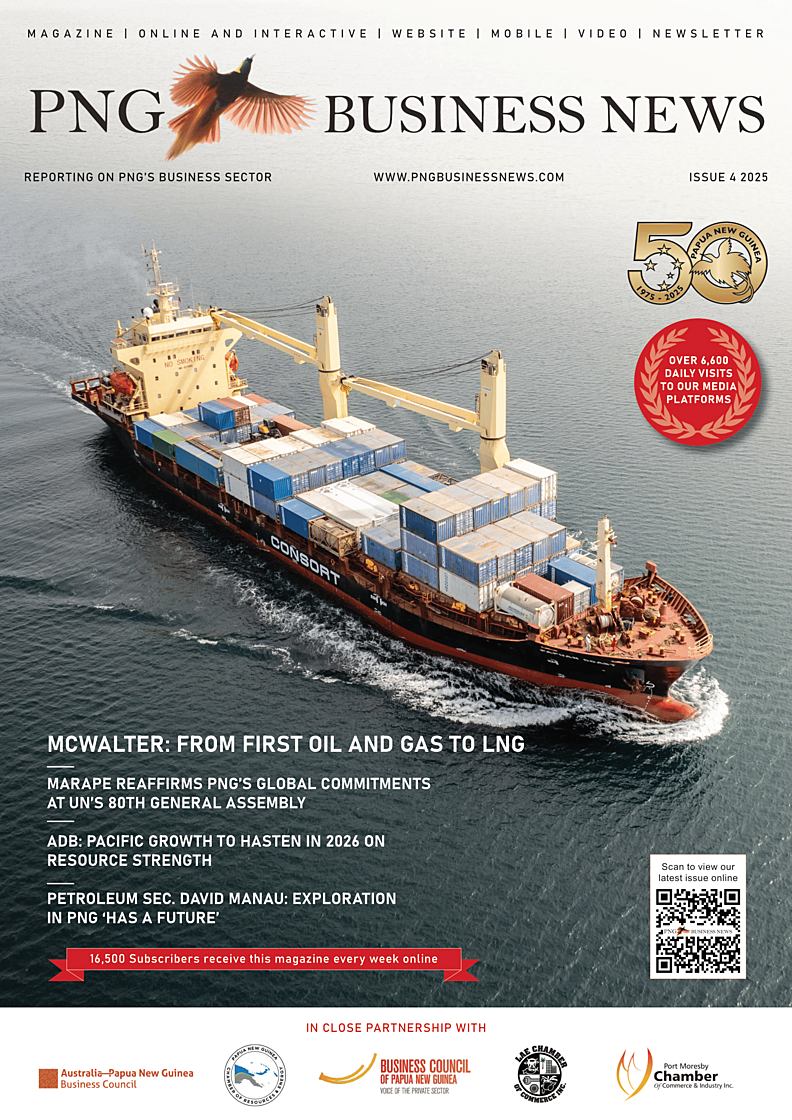PORT MORESBY – Adyton Resources Corporation has reported “very encouraging” preliminary gold assay results from its ongoing diamond drilling campaign at the Feni Island gold-copper project in Papua New Guinea, with multiple broad intersections of gold mineralisation across the first three drillholes.
The standout result came from hole FDD002, which returned 144.2 metres at 1.18 grams per tonne (g/t) gold, including 93 metres at 1.58 g/t Au, starting from 45 metres depth. Drillhole FDD001 intersected 76 metres at 1.43 g/t Au, while FDD003 returned 81 metres at 1.12 g/t Au.
“These preliminary gold assays are very encouraging and demonstrate consistently greater than 100 gram-metre grade intercepts at relatively shallow depths,” said Tim Crossley, chief executive officer of Adyton.
In particular, hole FDD005 was drilled to 839 metres and showed visual mineralisation from 45 metres through to end of hole, for a 794-metre mineralised interval. “This hole in particular has generated a lot of excitement with our geology team as we await with interest for the assays to be reported,” Adyton said.
As of 21 July, ten diamond drillholes totalling 3,332 metres had been completed — six finished, two in progress, one terminated early and one abandoned. Core samples from the first five holes have been dispatched to the laboratory, with assays pending.
The drilling programme is targeting both shallow, gold-bearing hydrothermal breccias and deeper porphyry-style mineralisation at the Feni Island project, which already hosts an inferred mineral resource of 1.46 million ounces of gold.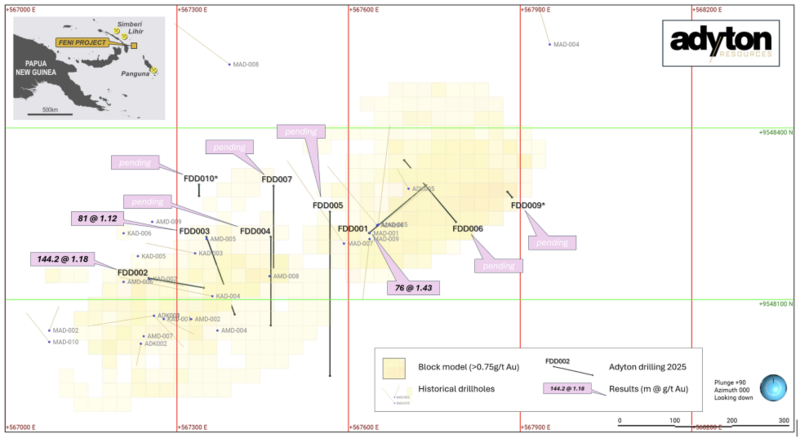
Chris Bowden, chief operating officer and chief geologist, said the assay results support Adyton’s geological model.
“Initial assay results (preliminary gold only) for the first three drillholes confirm the geological model for the shallow, gold-bearing hydrothermal breccias encountered just below the base of the post-mineral tephra cover. These initial assay results give us confidence in the additional drillholes that also show visual observations of strong sulphide mineralization,” Bowden said.
Visual observations from drillholes FDD004 to FDD007 suggest further mineralised zones. In hole FDD005, for instance, widespread sulphide mineralisation was seen from surface to over 800 metres, with zones of semi-massive sulphides up to 10% and deep stockwork veining from 743m to 829m. FDD007 encountered hydrothermal breccias with 5–10% sulphides between 221m and 243m, possibly indicating a high-grade zone.
Drillhole FDD006, drilled outside previous exploration areas, also showed promise with extensive breccias and mineralised intrusives hosting up to 5% sulphides and strong brecciation from 69m to the end of hole at 412.6m.
The Feni Island Project lies on the same island chain that includes the Simberi and Lihir gold mines, and just northwest of the giant Panguna copper-gold deposit on Bougainville. The project is 100 percent owned by Adyton and forms part of the company’s larger Papua New Guinea portfolio, which includes a total inferred gold resource of 2 million ounces across its Feni and Fergusson Island projects.
Adyton’s Fergusson Island Project also hosts an indicated resource of 173,000 ounces of gold and an inferred resource of 540,000 ounces, according to a 2021 NI 43-101-compliant resource estimate.
Further assay results from deeper mineralised intercepts are expected in the coming weeks. Adyton emphasised that visual observations of sulphide mineralisation do not guarantee assay grades, and final laboratory results are required to confirm the extent and quality of the mineralisation.

